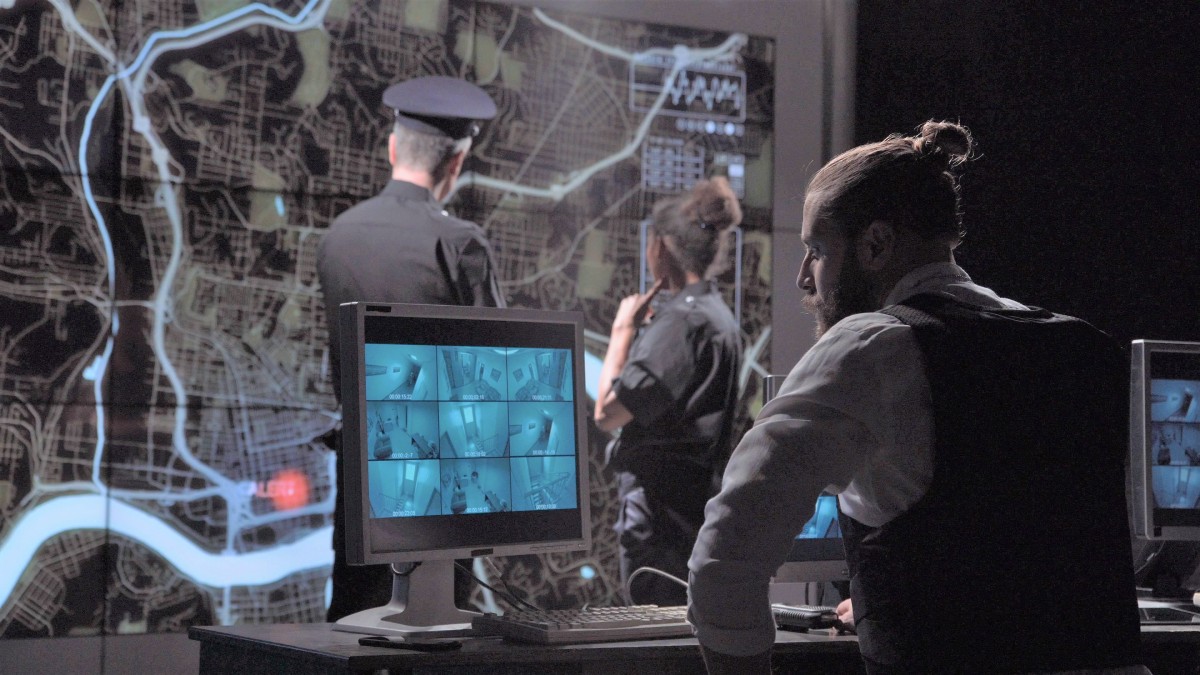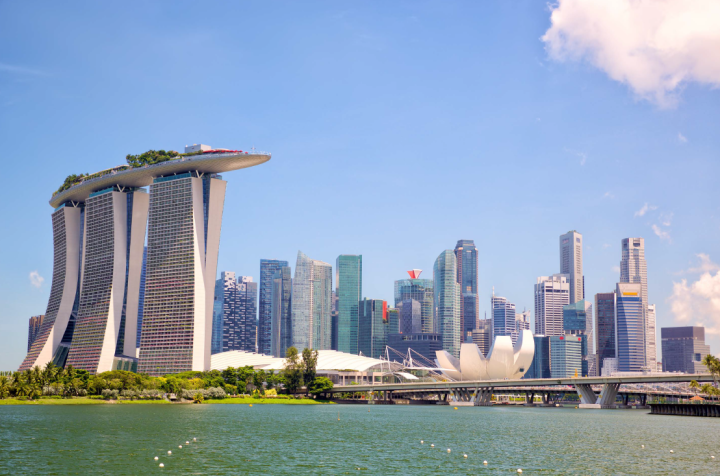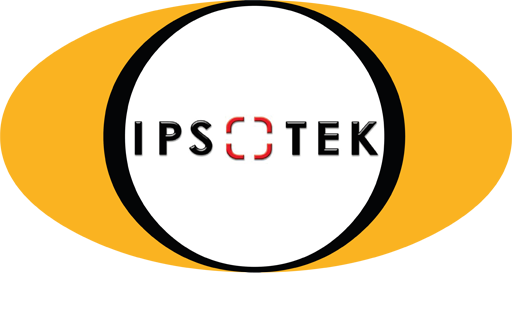Video Analytics Drives Safety and Security
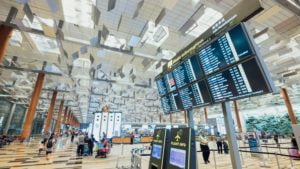
A modern airport will likely have more than 3,000 surveillance cameras recording simultaneously. These are essential for reviewing incidents but can they help in real-time?
CPNI regulations say that each CCTV operator can monitor up to 16 cameras at the same time for 20 minutes. That’s 1,125 people to watch all of the cameras in an airport!
Even then the chances of catching someone are slim. It is all too easy to get distracted by something happening on a camera or the phone ringing. It is no wonder that companies are trying to automate this process. Long thought of as a pipe-dream, Video Analytics seeks to make sense of all of this footage. These systems must interpret minute changes in the colour of each pixel to immediately detect, classify and track anything that moves. To avoid false alarms, it should be intelligent enough to discount animals and moving plants. It must be adaptable to snow, rain, heavy glare from the sun, reflections and headlights. It then needs to let the CCTV operators know when something is suspicious.
Such a system isn't easy to build. Now however, more powerful hardware, developments in machine vision and deep-learning and development by key companies have allowed Video Analytics to reach the mainstream.
Ipsotek Enhances Performance with Custom Designs
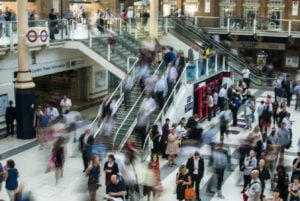
Ipsotek was established in the UK in 2001. Building on experience from over 600 projects and advances in technology, the system has continued to evolve. Advanced machine-learning, background estimation, and movement-based models have been incorporated into the system. The camera resolution has increased from CIF analogue footage to 4CIF IP resolutions and variable frame-rates including HD or 4K. Tracking and background estimation algorithms have also developed over time. People can now be tracked even when temporarily obstructed, walking in a crowd or across multiple cameras.
Ipsotek’s systems work differently to others. While the video analytics industry has moved towards standardised solutions, Ipsotek has maintained a customer focused approach. Instead of restricting users to a list of analytics rules such as ‘loitering’, Ipsotek custom designs each rule depending on the customer needs and camera views. This forms a custom template that can quickly be deployed across hundreds or thousands of cameras.
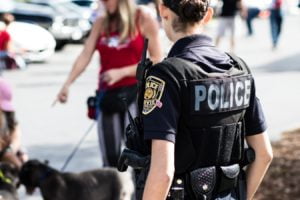 Similarly, instead of using a single rule trigger (such as an object crossing a line), Ipsotek’s patented Scenario-Based Rule Engine allows more detailed rules. Most systems on the market detect ‘abandoned vehicles’ as a vehicle that stops for 5 minutes or so. In contrast, Ipsotek’s VISuite combines multiple triggers to create a story to allow a much more precise alarm and reduces the alarms operators must deal with. The formula could look like this:
Similarly, instead of using a single rule trigger (such as an object crossing a line), Ipsotek’s patented Scenario-Based Rule Engine allows more detailed rules. Most systems on the market detect ‘abandoned vehicles’ as a vehicle that stops for 5 minutes or so. In contrast, Ipsotek’s VISuite combines multiple triggers to create a story to allow a much more precise alarm and reduces the alarms operators must deal with. The formula could look like this:
- A vehicle stops in the restricted zone;
- A person getting out of the vehicle;
- The person moving a certain distance away, such as off the camera or towards a fence-line.
From airports, nuclear sites to safe cities, Ipsotek is trusted around the world because of their track record of accurate, low false alarm systems.
If you are interested in understanding how Video Analytics can help improve your site safety and security or provide in-depth business intelligence, please contact Ipsotek here.
Sam Evans is Business Development Manager for UK and Europe at Ipsotek
